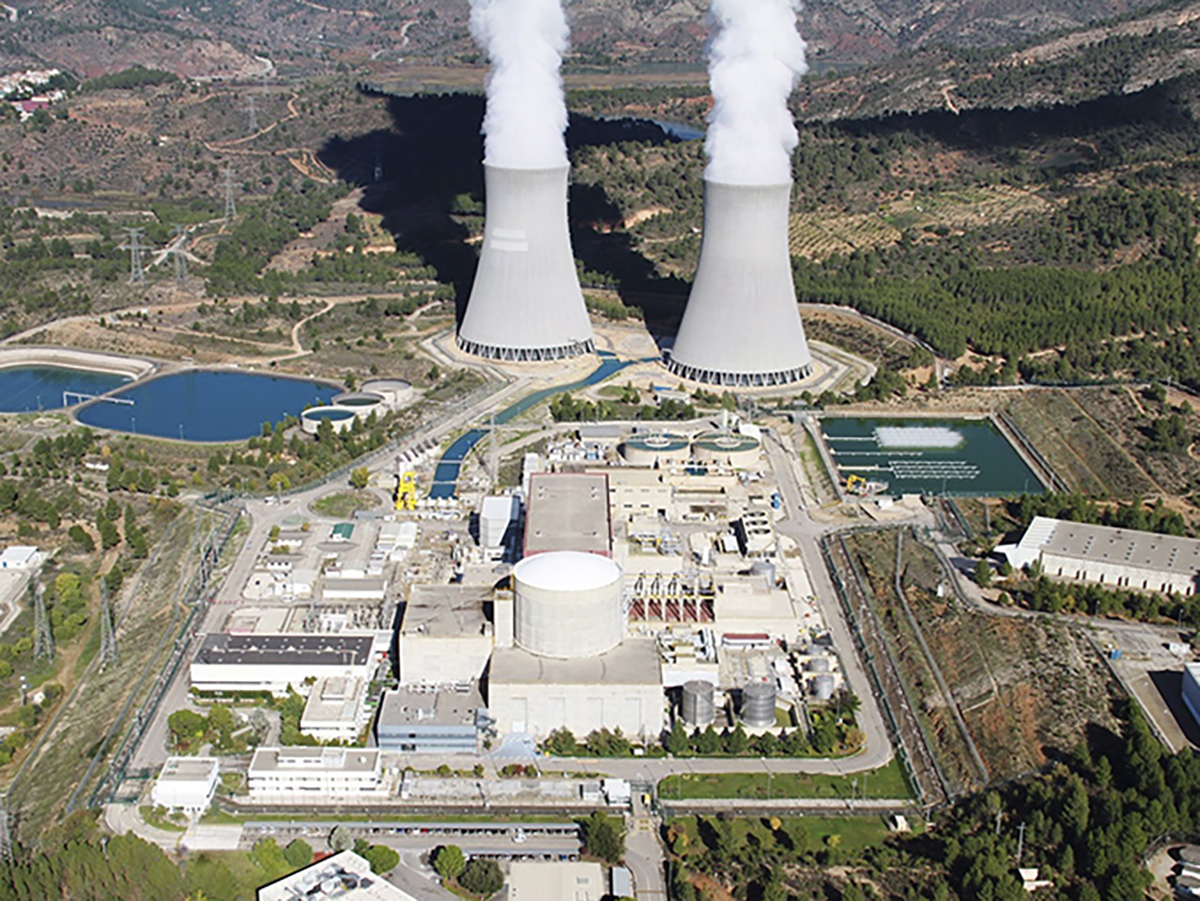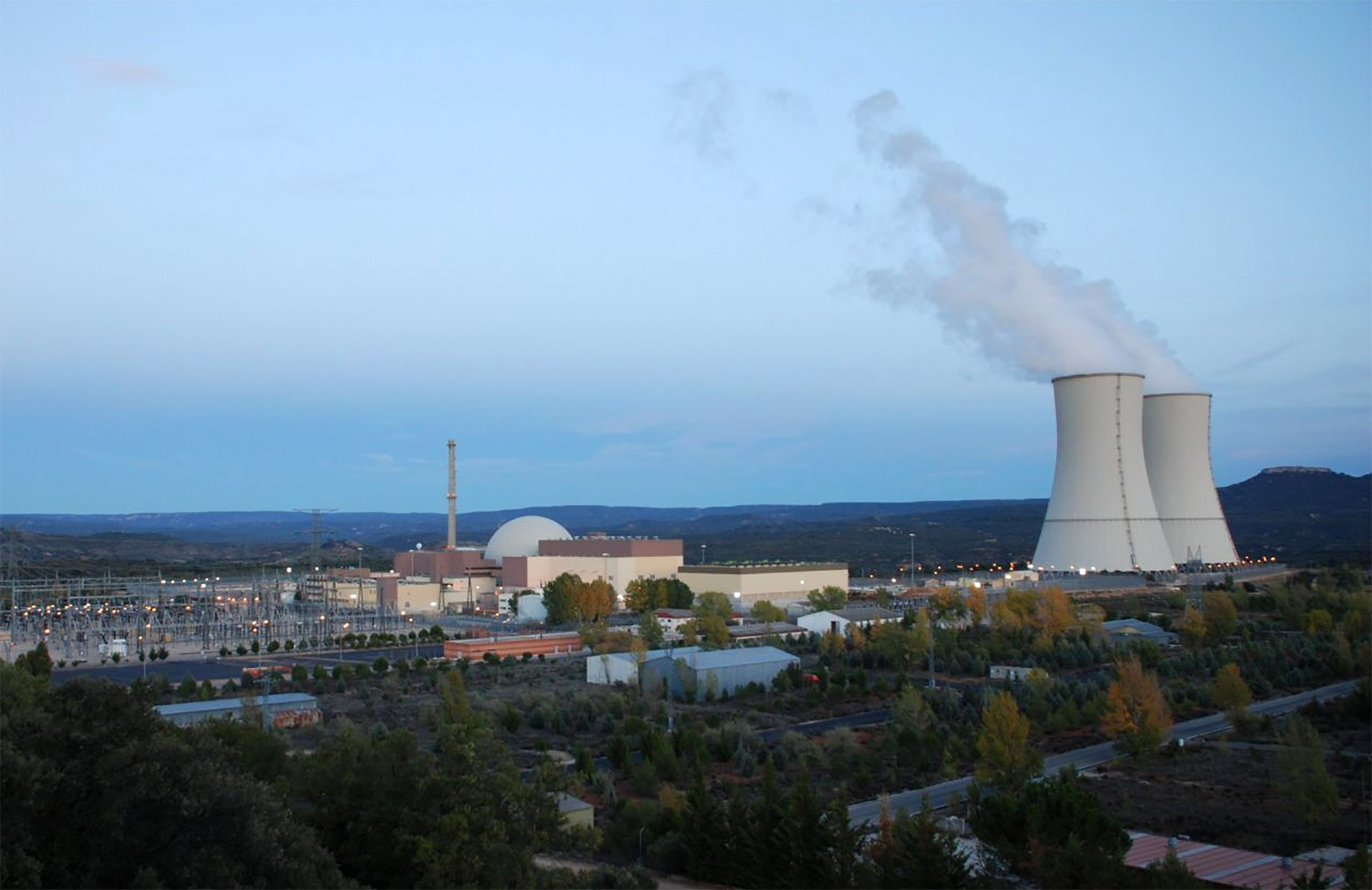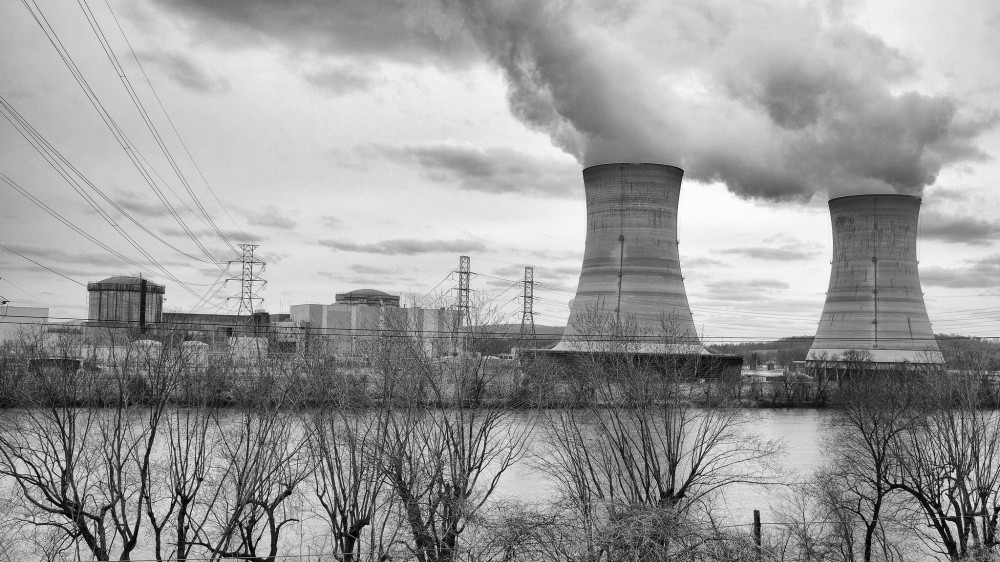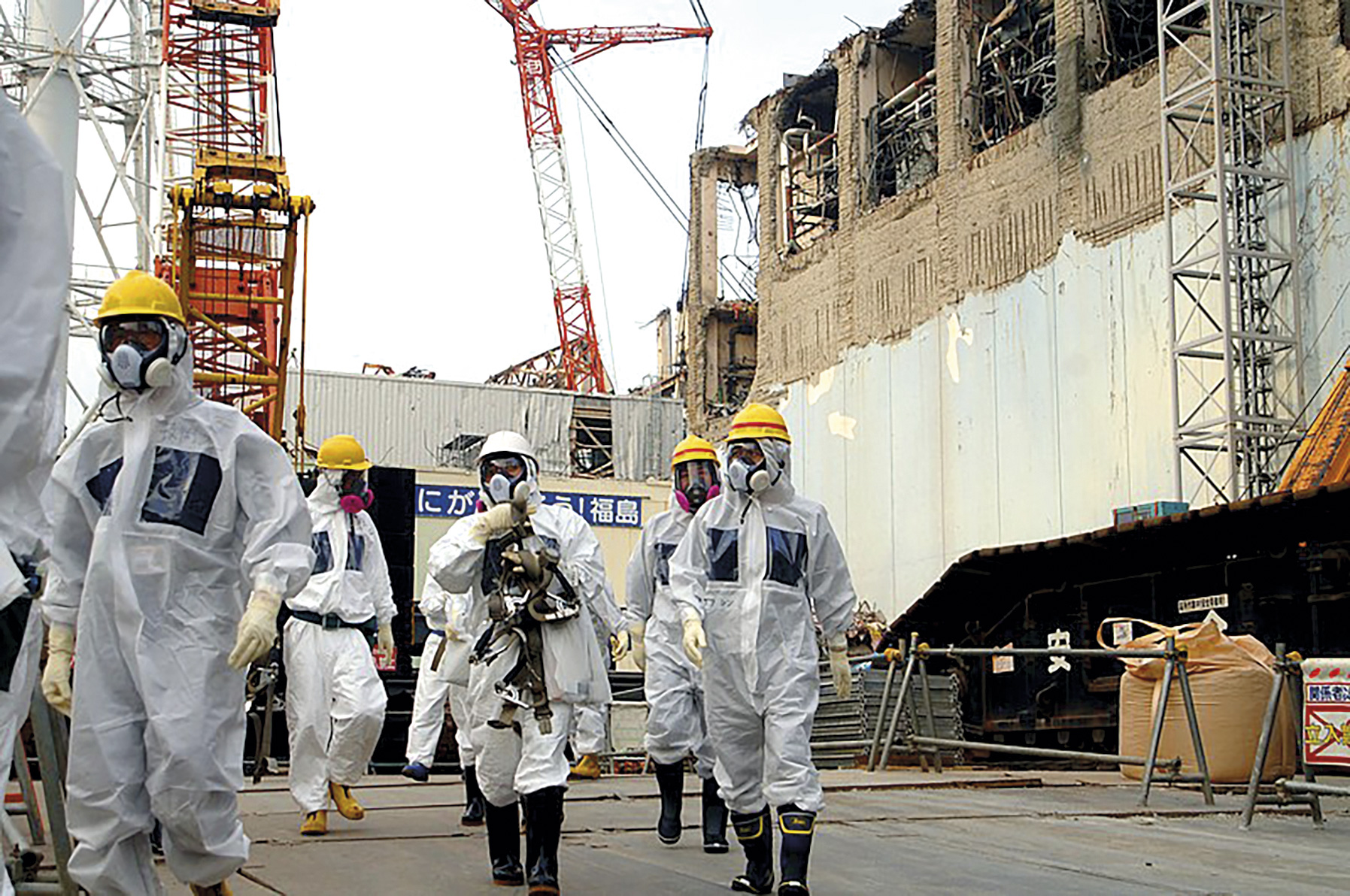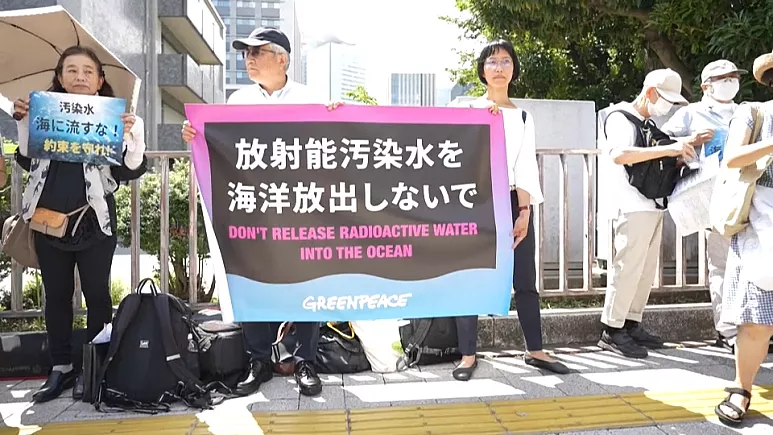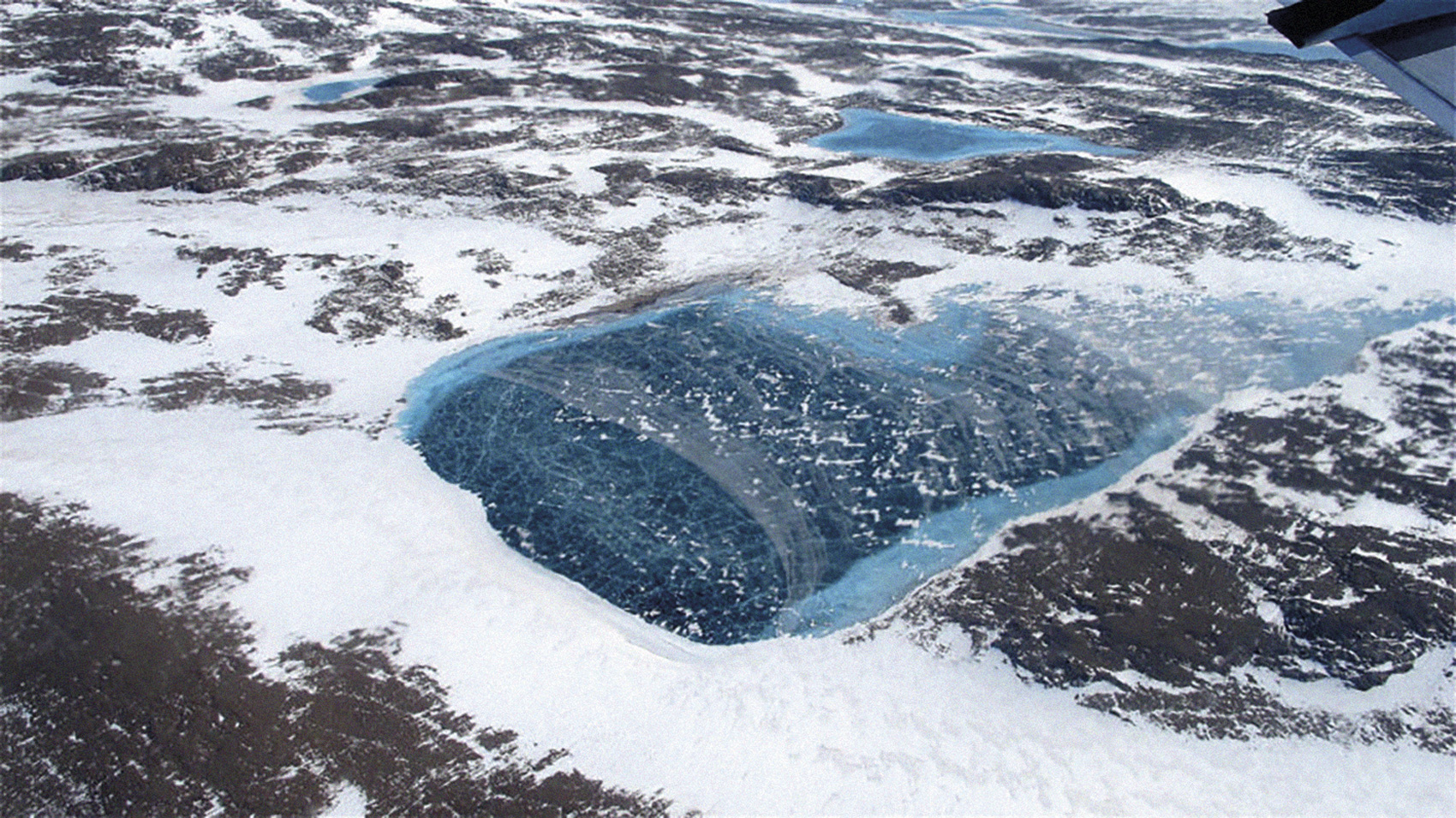Lithuania feared Chernobyl: Belarus sets up a new nuclear power plant at the border
- Chernobyl has been one of the most viewed series of 2019, which narrates the tragedy of the Soviet Union in 1986, when it became one of the most viewed. Many scenes from the historical drama produced by the HBO and Sky chains ran in cities such as Ukraine or Belarus, but not in the capital of Lithuania.

Irony is very common in history, and these streets have been visited in early October with images as vivid as those of Chernobyl, although very few in the world have seen them: Lithuania has simulated a nuclear explosion, concerned about the Astravyets nuclear power plant, which Belarus will launch with the new year, about 40 kilometres from Vilnius.
In September, the government announced that it would spend EUR 900,000 on the purchase of iodine pills for 2.8 million Lithuanians, one third of the country’s population. The head of the Civil Protection Agency, Edgaras Geda, advanced to the media the essence of the October maneuvers: “Everything you have seen in the Chernobyl series you will see in the streets here: sirens, rescuers, helicopters… Here people remember what happened in Chernobyl, many of our relatives, including my uncles, were taken to rescue work, so we know it so well. We will not wait for the next accident to happen, we have to be prepared for whatever happens.”
This is how we have seen – although the Basques have not taught us – the maneuvers that during the three days following October 1 have been starred by officials, volunteers and citizens of the area: sirens sounding alarm, emergency calls and messages on people’s phones, military personnel in evacuation work, volunteers who made victims suffering records and tests, agents dressed for nuclear emergencies by googling people, animals and food… The images can be found.
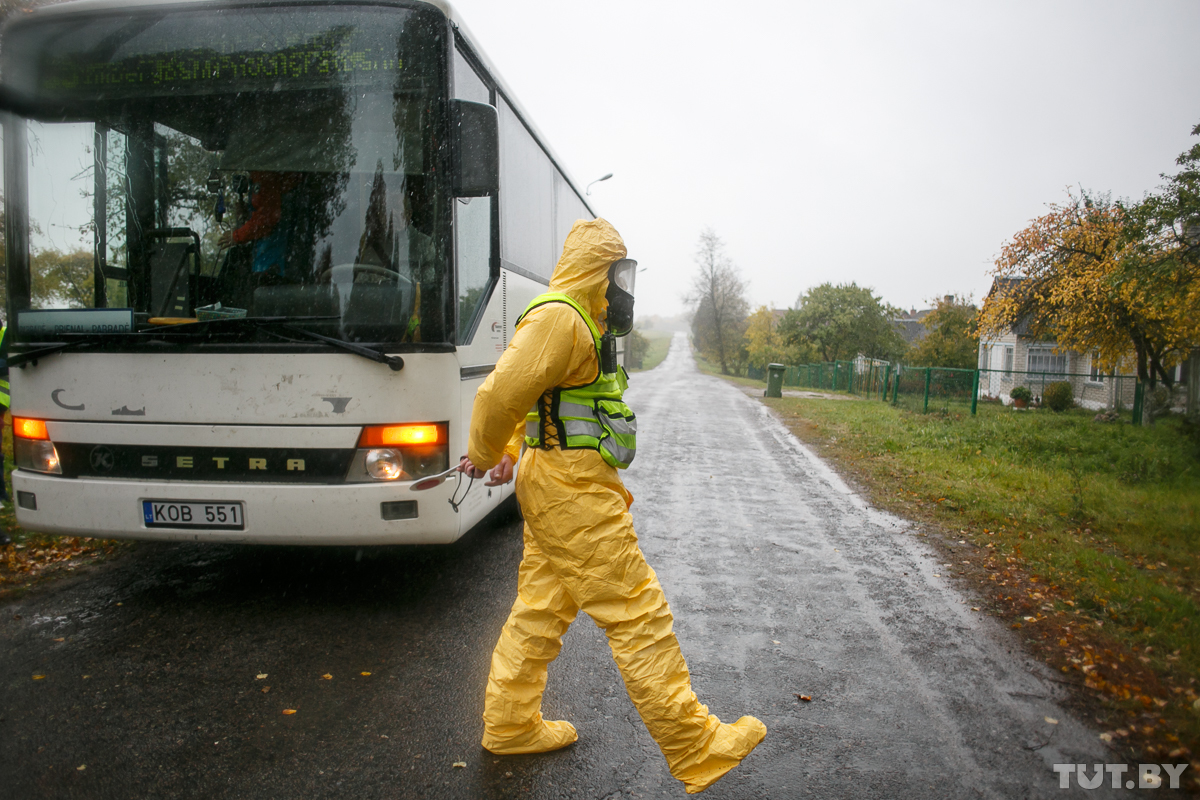
The Presidents of Lithuania and Latvia, who were visiting in those days, publicly expressed their agreement with the concerns raised by the Astravyets nuclear power plant. However, Latvia has not endorsed Lithuania’s decision to renounce the electricity coming from Belarus, the government has reported.
Lithuanian President Gitanas Nauseda said abroad that the power plant built by Belarus on the border is very dangerous for other countries in the region, that Astravyets does not meet safety standards, that since they began to be built in 2012 there have been several accidents, robberies, mistreatment of workers and others: it is certain that at least three workers have lost their lives and that the head thief of a plant has fallen 3 tonnes. Nor does it comply with the recommendation not to build nuclear power stations less than 100 km from the major cities from Fukushima. Lithuania has asked the European Union (EU) to press Belarus to move forward.
The Astravyets plant, which has to produce 2,400 megawatts with two atomic reactors, has been built by Russian Rosatom. The public company Rosatom has ongoing or ongoing projects, in addition to Russia, in countries such as China, India, Turkey, Hungary or Finland. Last August there was a traffic accident at the Nyonoksa military base, in which five soldiers lost their lives and five others were injured by radioactivity in an atomic missile under the supervision of Rosatom.
The Lithuanians have no reason to get angry with Belarus, seeing that they build Astravyets 40 kilometres from Vilnius, after they had renounced atomic energy in a referendum. Both countries were part of the great Soviet Union when Chernobyl broke out in 1986. Lithuania then functioned as a Ignalina power plant, similar to that of Chernobyl.
The European Union considered Ignalina to be too dangerous and was therefore closed in 2009. The authorities had previously called for a referendum to hear the public's opinion: the majority were in favour of the power stations continuing to operate, but since participation did not reach 50%, the government listened to the EU.
The government of Lithuania decided, together with those of Latvia and Estonia, to build a new one: Visaginas with a power of 1,350 MW. In 2012, the Parliament of Navarre (Seimas in Lithuanian) decided that the matter should be approved by the public and called for a referendum on 14 October. With a participation of 52.58%, the non-nuclear share was 64.77%, the yes share was 35.23%. What happened between the 2009 and 2012 referendum? It is a serious atomic accident in Fukushima in March 2011, which incidentally was to build the Japanese Visaginas Hitachi.
Belarus has to launch the new power plant in January 2020 and, although more guarantees have been negotiated, Lithuanians will have to learn to live with the atoms of Astravyets next to them. They won't be very comforted to know that they're not the only ones. The Austrian people, despite the legal and constitutional ban on building atomic power stations, are also condemned to see how new nuclear power stations are being built in Slovakia and Hungary where any accident can directly harm the Austrians.
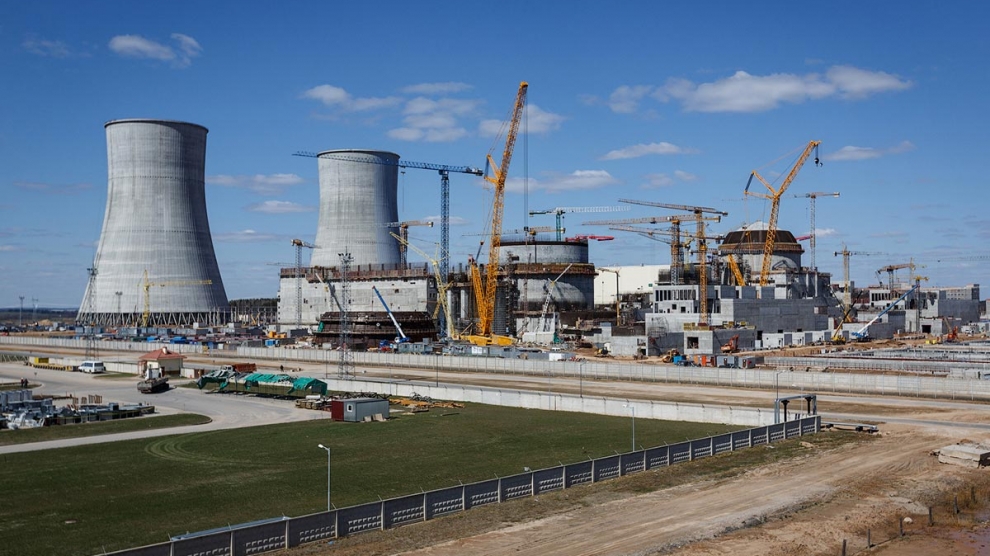
Meanwhile, the people of Belarus, what does it say? We do not know, if we do not know that a nuclear emergency has been committed in Lithuania, a member of the European Union, it will be more difficult for us to get the echoes of the written media with cyrillic characters. The damn Chernobyl factory was about 5 kilometres from the border with Belarus. Seeing Belarus, which has paid more expensive than Ukraine for the consequences of the Chernobyl disaster, in its bid to play again with atomic energy in 2020, indicates something about its political and social system.
The Association of Non-Nuclear Pro-Belarusian Scientists has for some time been alerting the authorities about the risks of the Astravyets project and mobilizing itself according to its potential. One of the scientific leaders, Heorhi F. The old physicist Lepin went to the Polish television station Belsat last June. “I feel the need to remember Txernobil, to remind people,” he says in front of the camera. “There I saw a lot of things I have to tell the world.
It still tears my heart.”
In 1986, as a well-known scientist at the University, he left Chernobyl voluntarily. He worked for six years with the cracked reactor. He participated in the drafting group of the Chernobyl Victims Act. He has several books written on the subject. Lepin was surprised from the beginning of the location of the Astravyets plant, due to the seismic hazard of the area and the immediate proximity of the chosen site of a warehouse that houses the bacteriological Bacillus Anthracis (the bacteria of the black mound). 20 scientists publicly warned from the outset that this was the most inappropriate place to build such a power station.
Since 1994, the President of Belarus, Aliaksandr Lukaxenka, does not want much of Lepin and the scientists on his rope: “He says that those of us who are against nuclear are lazy scientists, because he cannot say that we are ignorant. He sees us as ‘disguised malefactors’ and people opposed to the nation. That’s what he said about me.”
Many other people who realise the danger of the issue are silent, and Lepin struggles from Belarus for his silence. In the video of the Belsat chain, the old physicist talks about the other wise men who do not move at the door of the Astravyets power station: “It’s clear: they don’t tell the truth. They say that nuclear has no risk, that it is cheap, that it brings benefits. That is how those who do not want to lose their small jobs speak. They're not going to say it because they live in fear of losing their jobs. But they are the ones who are not. It is the Abertzale that tells the truth for the good of the people, not for the good of some leaders.”
Espainiako Estatuko zentral nuklearrak itxi ez daitezen aktoreen presioak gora jarraitzen du. Otsailaren 12an Espainiako Kongresuak itxi beharreko zentral nuklearrak ez ixteko eskatu zion Espainiako Gobernuari, eta orain berdin egin dute Endesak eta Iberdrolak.










